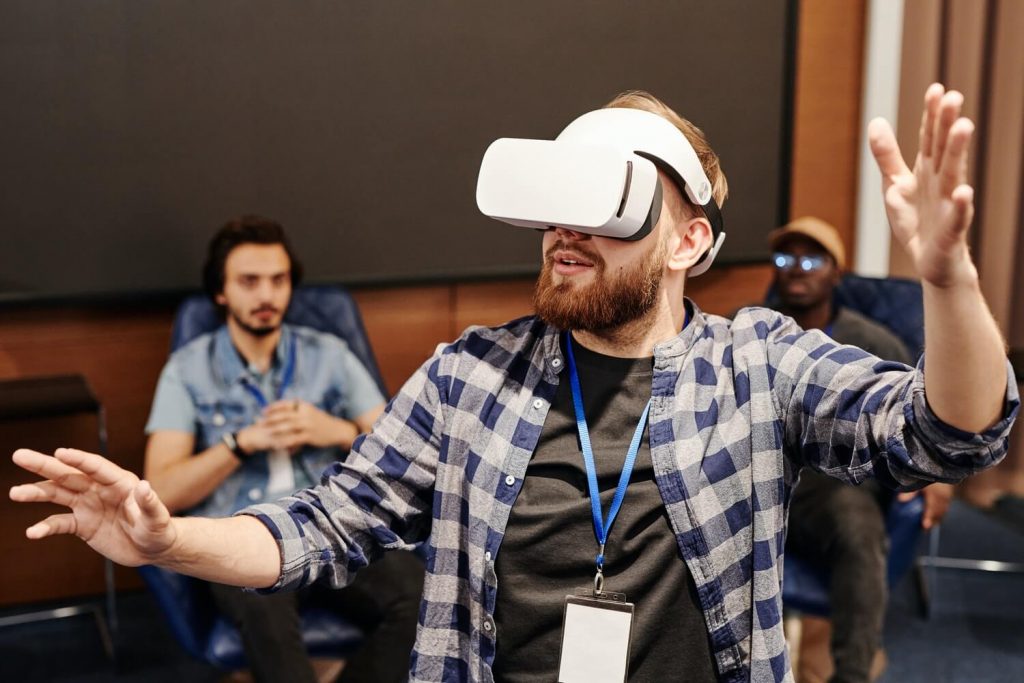In this day and age, technology and digital learning have gained the upper hand in people’s personal and professional lives, as well. One of the most proficient uses of technology is eLearning. Organizations, too, are now using the same platforms to train their employees, the term for which is known as corporate training.
What is corporate training?
Corporate training, also known as Corporate Education or more recently Workplace Learning, is a system of activities designed to educate employees. While it helps employers, it is also beneficial for employees as it helps them obtain and hone knowledge and skills to progress professionally and personally. Think of it as a continuous process of training employees through a system of activities that educate employees by using various forms of learning programs. It acts as a catalyst to success for employees, which, in turn, means the success of your organization as a whole.
Why is corporate training important?
Corporate training can have a significant impact on the productivity of employees. According to the Bureau of Labour Statistics, productivity can measure the efficiency of a worker or group of workers. It can be measured in terms of output for an employee. An increase in productivity can be a product of well-organized and effective training programs, resulting in an improvement in task management, instilling confidence, targeting required skills, and clarifying the expectations of the employees. Productivity is a critical goal in today’s organizations, and quality training helps in getting the highest levels of productivity on a daily basis.
Employing training and development is essential for companies to strengthen their employee performance. It improves employees’ job skills and knowledge, which helps them improve performance in the workplace. Some of the benefits are:
- Improved Cost-efficiency
- Increased Morale and Motivation
- Increased Employee Retention
- Better Decision Making and Leadership
- Eliminates Weaknesses
Who manages this level of training?
The responsibility of training the workforce is generally taken on board by Development or Talent teams in larger corporations and Human Resources in smaller companies. They are required to identify topics and needs of the training programs and make them available for employees. They have a responsibility to build the strategy and roadmaps of employee experiences and journeys.
How corporate training has evolved?
Over the past decade, the evolution of corporate training has shifted from simple automation to focused programs to address skills gaps at both the employee and the corporate levels. With new advances in artificial intelligence (AI), augmented reality (AR), virtual reality (VR), and machine learning, technology is transforming the training industry at an accelerated pace. Leveraging technology in the right way can help improve employee performance. We know that the power of doing has a huge impact on skill development, and these new technologies can support that power. The technologies allow us to move beyond basic skill development to employee performance improvement. Their use can benefit learners by adding context, relevance, and personalization to the learning experience.

Conclusion
It can be concluded that corporate training has loads of benefits for an organization as well as employees, and learning digitally can prove to be cost-effective and easy to design. The online training industry is growing fast, and getting in on this trend can help put companies much ahead of their competitors. Virtual reality is slowly increasing the adaptation of full 3D immersion into training as we’ve never seen before. As we have migrated from out of the classroom to online, we’re now in an age where full training immersion is possible without a keyboard and mouse – you can use the tools you need for the job virtually, and be put into scenarios via the virtual training experience.





